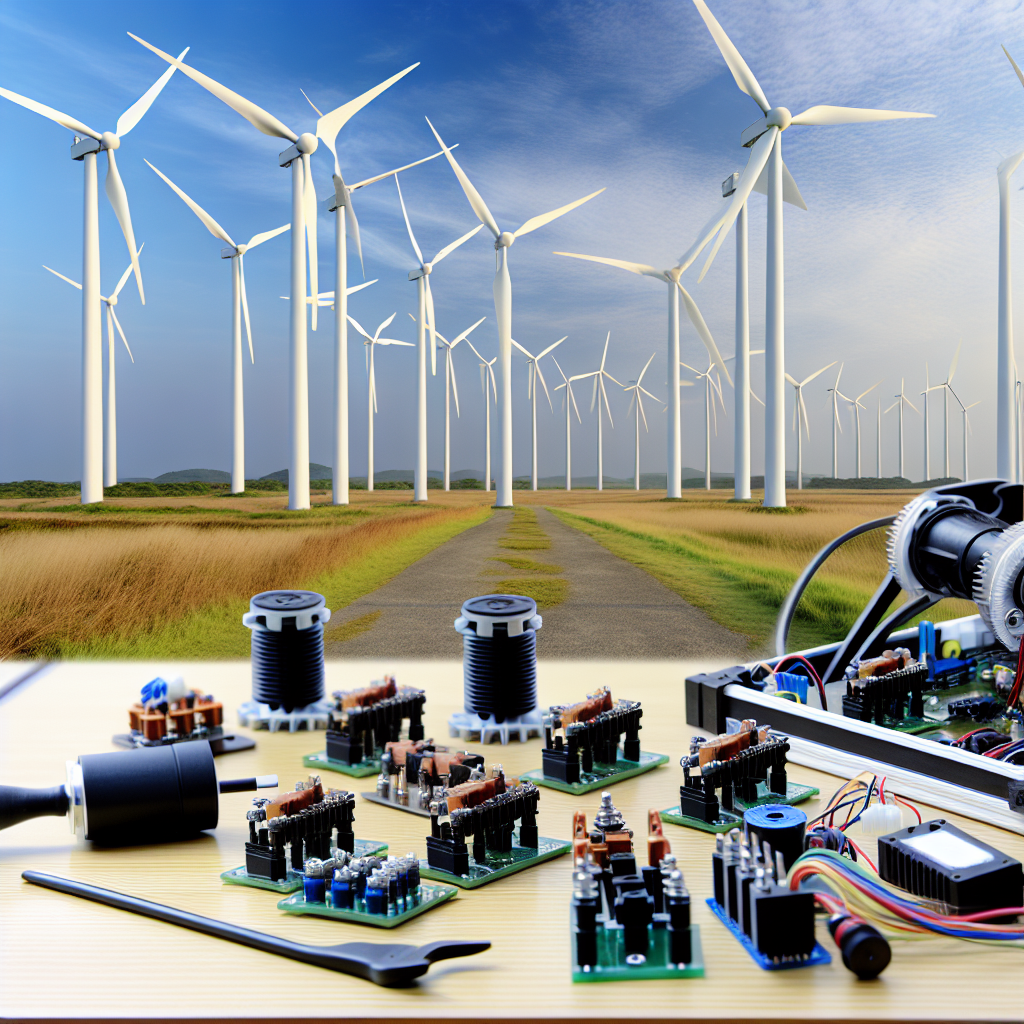Wind power generators have become a vital component of renewable energy strategies worldwide, harnessing natural wind flow to produce sustainable electricity. Coupled with innovative projects like DC motor generators, these systems showcase the potential of DIY and educational ventures in renewable technology. In this article, we’ll explore the fundamentals of wind power generators and demonstrate how a simple DC motor can be transformed into a functional generator.
Understanding Wind Power Generators and Their Role in Renewable Energy
Wind power generators, also known as wind turbines, convert kinetic energy from the wind into electrical energy. They typically consist of blades connected to a rotor, which spins when wind flows past them. This rotation drives a generator—most commonly an AC generator—to produce electricity. Modern wind turbines vary from sleek, large-scale installations in wind farms to small, home-based units suitable for personal use.
One of the critical aspects of wind power generation is optimizing blade design for maximum efficiency. Blade pitch, length, and material greatly influence the power output. Additionally, innovative control systems help adjust blade angles depending on wind conditions, ensuring smoother operation and increased energy production. As technology advances, small-scale wind turbines become increasingly accessible for educational projects and local energy solutions, making understanding their inner workings essential for enthusiasts and students alike.
DIY DC Motor Generator Projects: Turning Motors into Power Sources
A fascinating way to learn about electromagnetic induction is by transforming a simple DC motor into a generator. This type of project is popular in educational settings and maker communities for its hands-on learning opportunities. The process involves repurposing a DC motor’s existing components to generate electricity when spun manually or with a rotational force such as wind.
- Materials Needed: A small DC motor, a multimeter, wires, and a load (like LEDs or small bulbs).
- Steps: Connect the motor terminals to your multimeter to measure voltage output. Then, rotate the motor’s shaft manually or attach it to a windmill or other rotational source. As the shaft spins, the motor acts as a generator, producing electrical energy that can power small devices or be stored in a battery.
This project highlights core principles of electromagnetic induction and showcases how energy conversion works in real-world applications. When integrated into wind energy systems, similar principles are used to build more complex turbines that generate electricity from natural wind flow. Understanding how to build and tweak these homemade generators enhances comprehension of larger wind power solutions and renewable energy engineering.
Conclusion
In summary, wind power generators are innovative solutions to harness renewable energy, with designs ranging from large wind farms to DIY projects like converting DC motors into generators. Understanding both the mechanics of wind turbines and the fundamentals of electromagnetic induction enables enthusiasts to create sustainable energy solutions and educational tools. Embracing these technologies paves the way for more accessible and environmentally friendly energy production.
